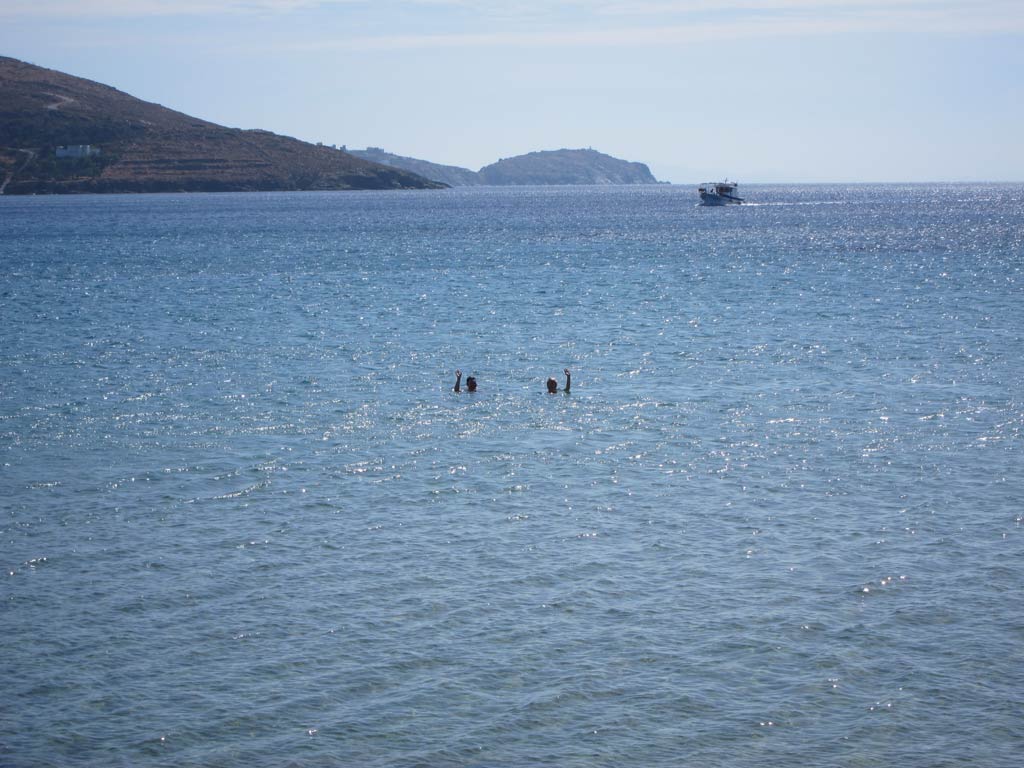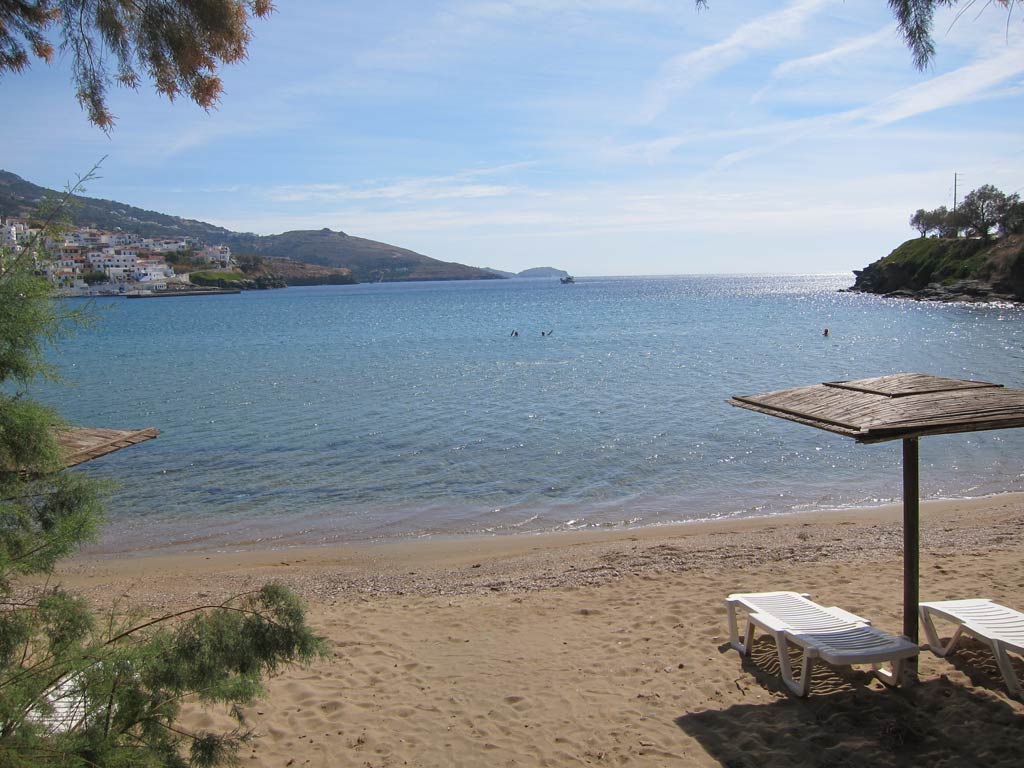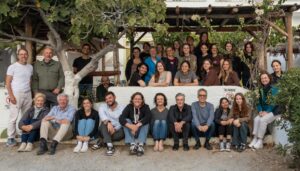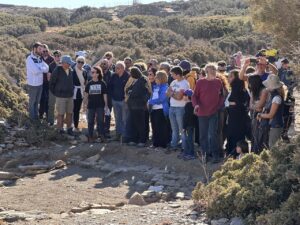As a follow up to the post about satellite remote sensing, I thought I’d add a post about Adela and Petra’s respective paths (qualifications and experience) which led to their remote sensing work. This post is derived from the interview I conducted with Adela and Petra at Batsi in October 2013.
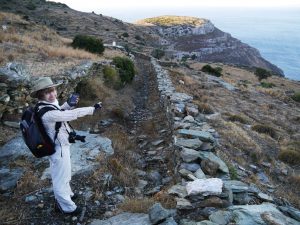
My training is in Archaeology. The remote sensing is a secondary interest. It’s a hobby and it’s also a technical expertise that I’ve found very useful for my own focus area which is, methodologically, I’m a survey archeologist. My main approach is landscape archaeology. I’m interested in regional study, regional investigations, and any methods that can help me assess large areas quickly and efficiently.
Besides doing pedestrian survey, I also use all kinds of remote sensing to understand my study area better, and target my investigations more closely. My main training is in Archaeology: I did my Masters in Archaeology. During my PhD I picked up some remote sensing courses to enhance my skills.
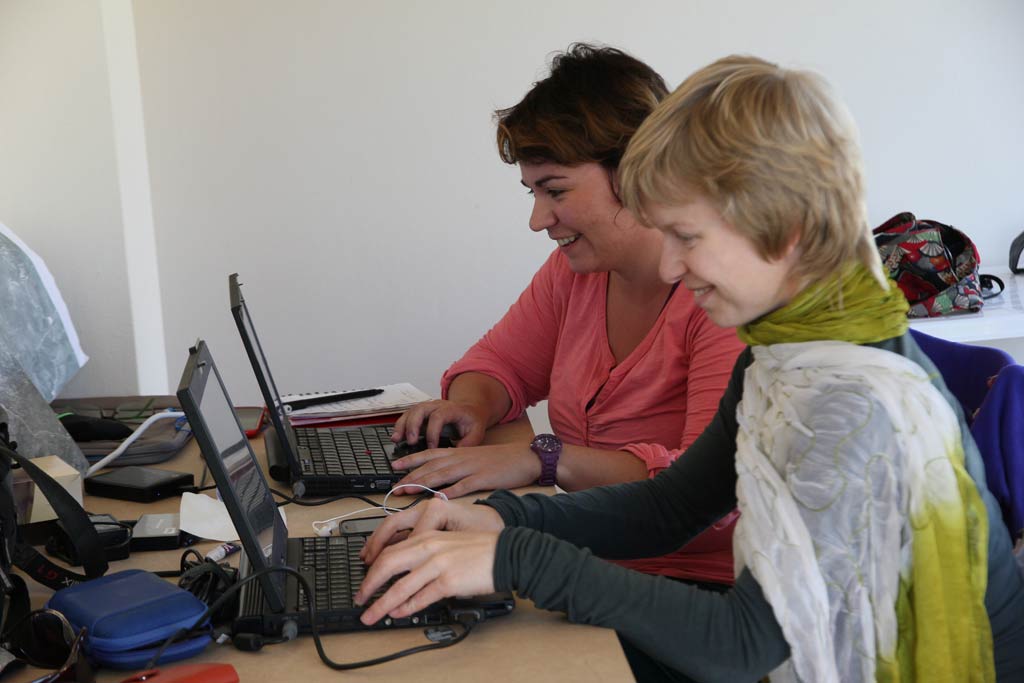
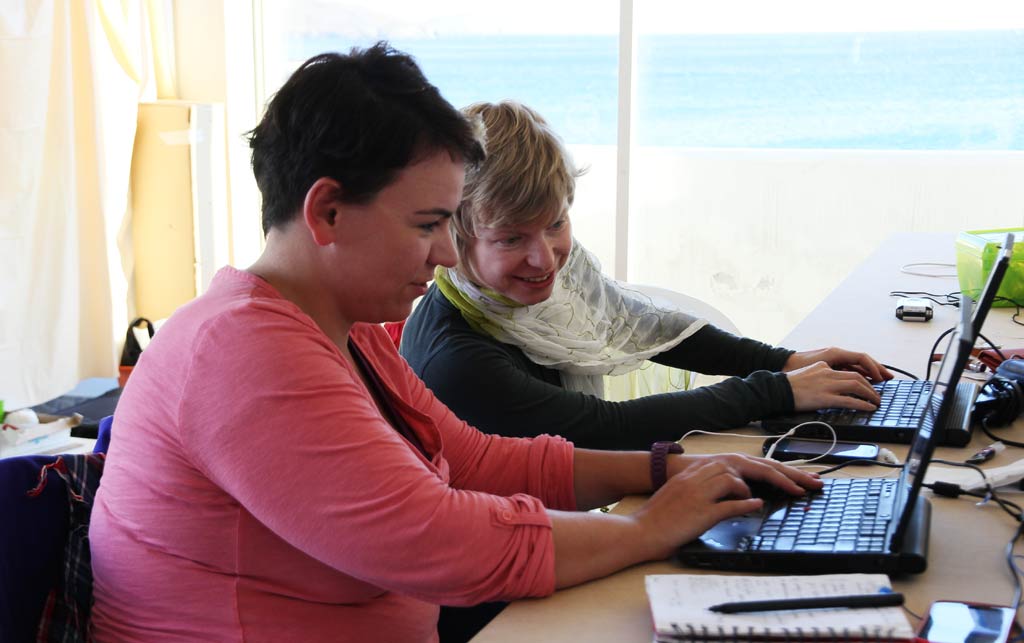
Petra Janouchova: I studied Archaeology and Ancient Greek for my Masters. Now I’m doing my PhD in Ancient History. Somehow I ended up doing everything, not just Archaeology, but also Epigraphy and Ancient History. Remote sensing is, basically, my hobby.
I have worked with Adela for seven or eight years. She trained me in remote sensing and in using all the complicated software, like Arc GIS. I also took other classes at school but I think it’s mostly her influence, really…. Now I’m trying to use satellite imaging/remote sensing in my own PhD project in epigraphy – which is inscriptions, as found on stones, pottery, metal plates and so on. I’m particularly looking at Greek inscriptions in ancient Thrace, which is in modern Bulgaria, Northern Greece, and the European part of Turkey.
It’s because Adela took me to Bulgaria a few years ago, and I fell in love with the country…. there are so many inscriptions…. I decided to study that. I’m trying to combine the traditional classical methods with the new digital humanities approaches. Trying, finding my own way. This is a really new area of study that is developing so fast.
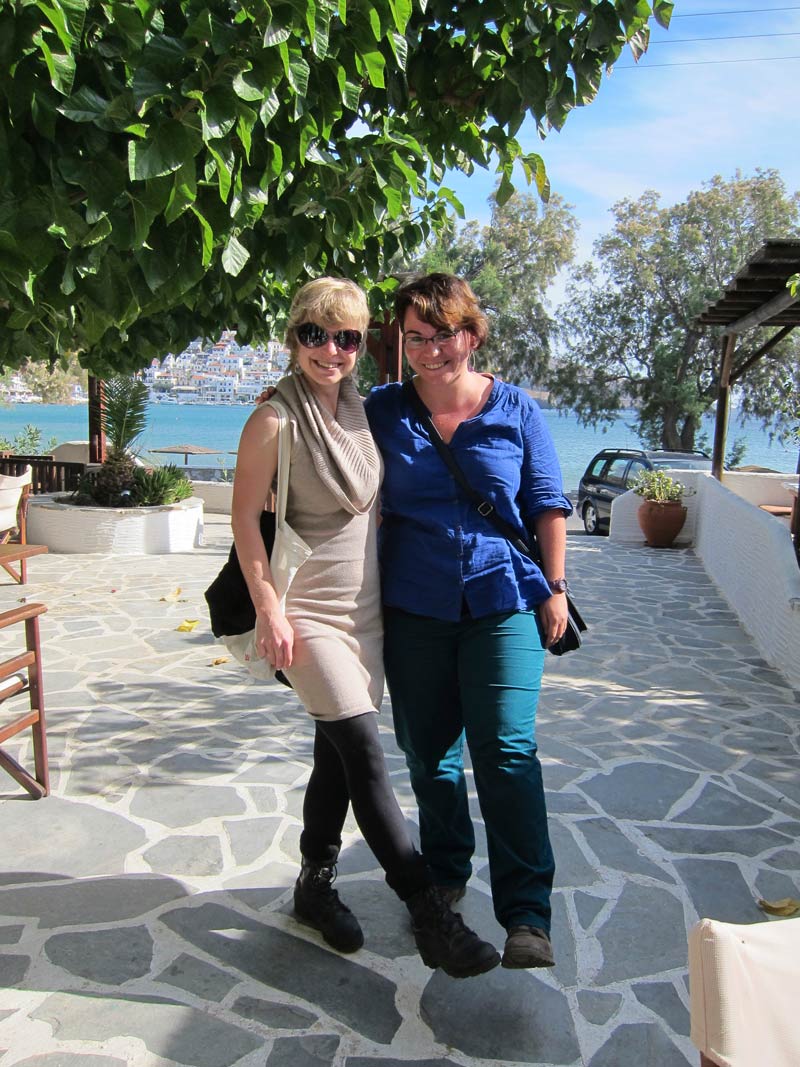
[I asked Petra about how she began working with Adela.]
Petra: I was in my first year at Charles University in Prague, and Adela was in the second year of her PhD. We both grew up and commenced our studies in the Czech Republic but we met in Jerusalem, Israel.
Adela: Petra was subjected to an entrance test which comprised of me emailing her, “OK, if you want to do archaeology, come to Jerusalem at 7am on this day, and I shall take you do a dig.” Petra passed…. Enjoyed it ever since, so she tells me.
Petra: I started in Israel in the summer of 2006 when working on the Lebanese border wasn’t the safest place to be (but we survived unharmed). But it was THE experience of my life and since then I love archaeology and any adventure that usually goes with it, hand-in-hand. Over the years, we worked together in Italy, Bulgaria and Greece. My specialisation was in Classical Archaeology, which means Romans and Greeks. The only presence of Romans in the Czech Republic is in southern Moravia where all the wineries are – so that’s where I worked there. [Irma: Oh, that’s lucky.] As there are only a few digs, there isn’t space for everyone, so students rather go to the Mediterranean, like me, or switch to medieval archaeology.
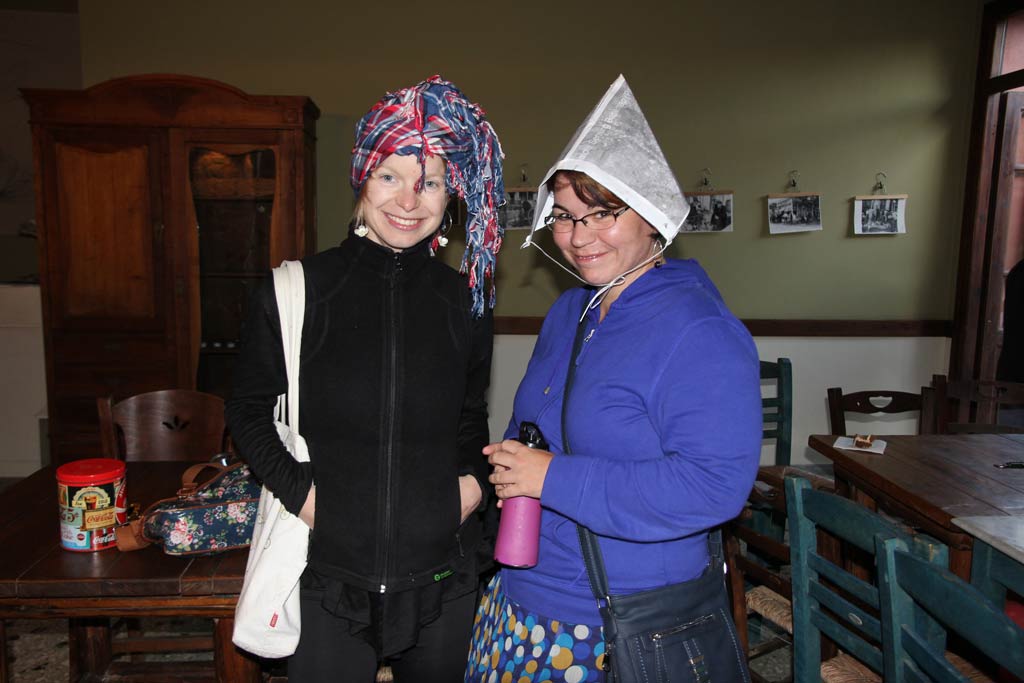
Adela: It’s a training dig for all Czech Classical Archaeology students – the site of Musov, near Dolni Dunajovice and Dolni Vestonice which is a very famous prehistoric site in a Karst area in southern Moravia, where they have found female clay figurines that are 25,000 years old. These are the earliest ceramics ever found in the world. Elsewhere in Europe in the same period they were making Venus figurines – but out of stone or ivory, not ceramics.
In addition to female figurines, there are thousands of small animals that children were making out of clay. It’s quite interesting. The site we worked on however was a Roman military camp that was maybe perhaps even visited by Marcus Aurelius himself. It’s one of these marching camps and potentially a longer residence for the Roman military leader in southern Moravia, which was then inhabited by Romans, it was the deep Barbaricum.
There is still material to be excavated there. It’s under a vineyard, so the excavations go very slowly because the vineyard owners, of course, have more benefit out of the wine than archaeologists. But it’s a very pleasant dig, and it’s nice that we don’t have to travel all the way to Italy or Greece to do our little bit of training excavation.
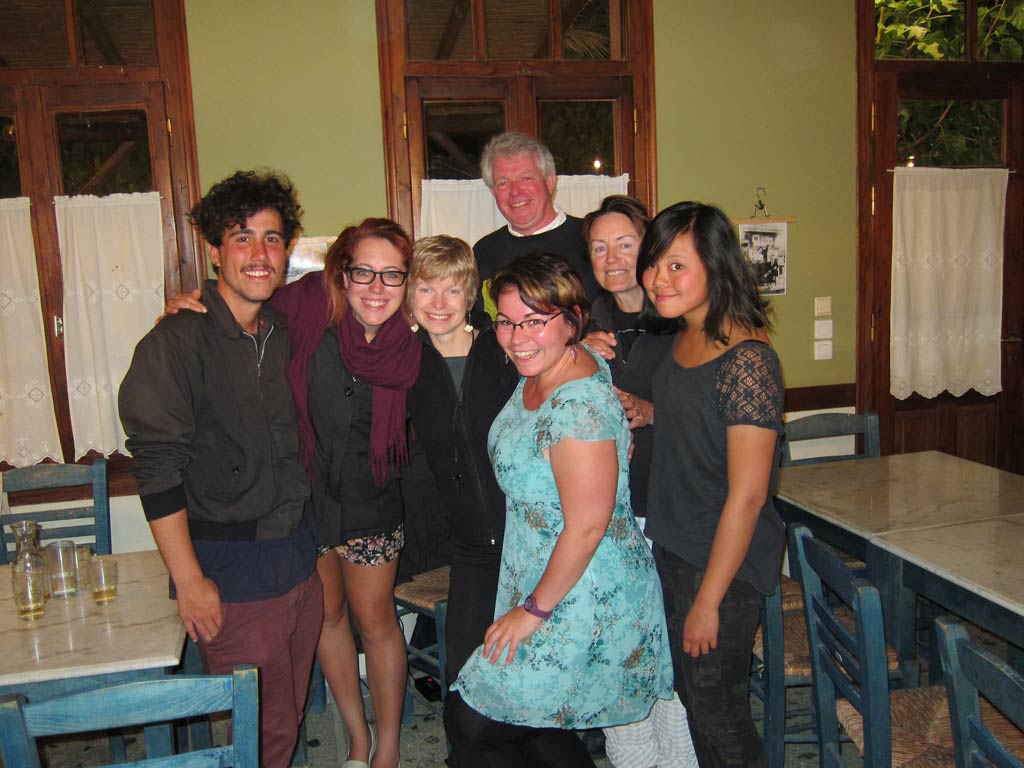
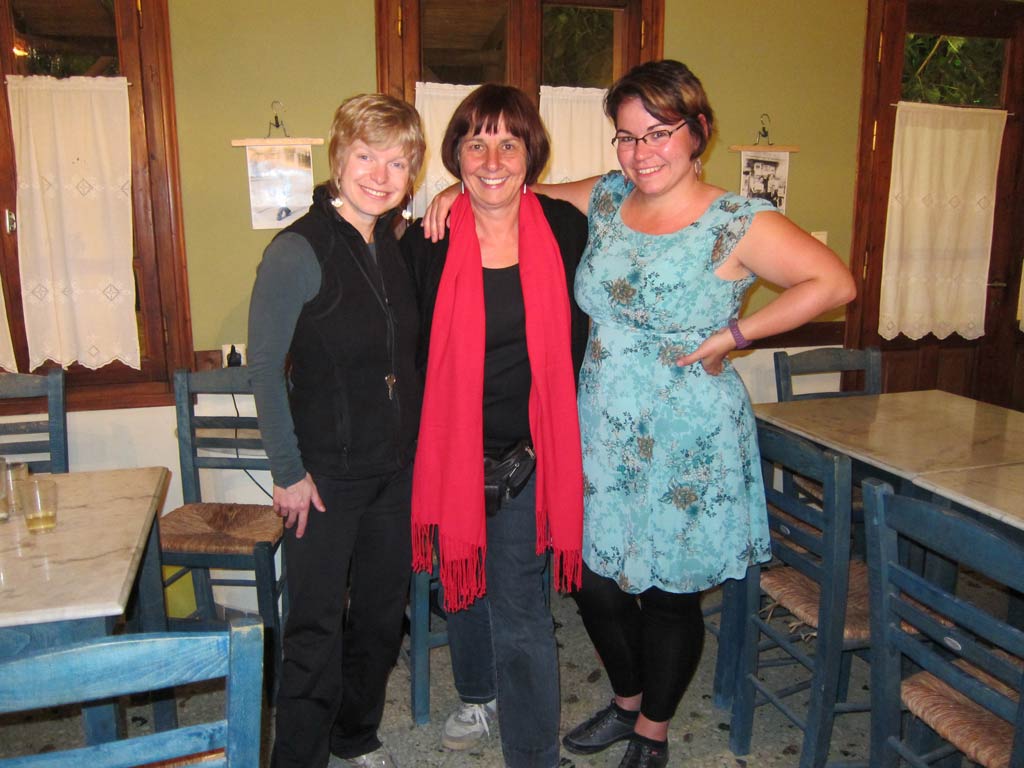
Irma: Do you like to still get your hands dirty and get down into the trenches?
Petra: I really envy the people who are digging Zagora, because I want to touch that stuff….
Adela: Yes, but with the remote sensing work, we can’t – so I left my trowel safely behind in Bulgaria.
